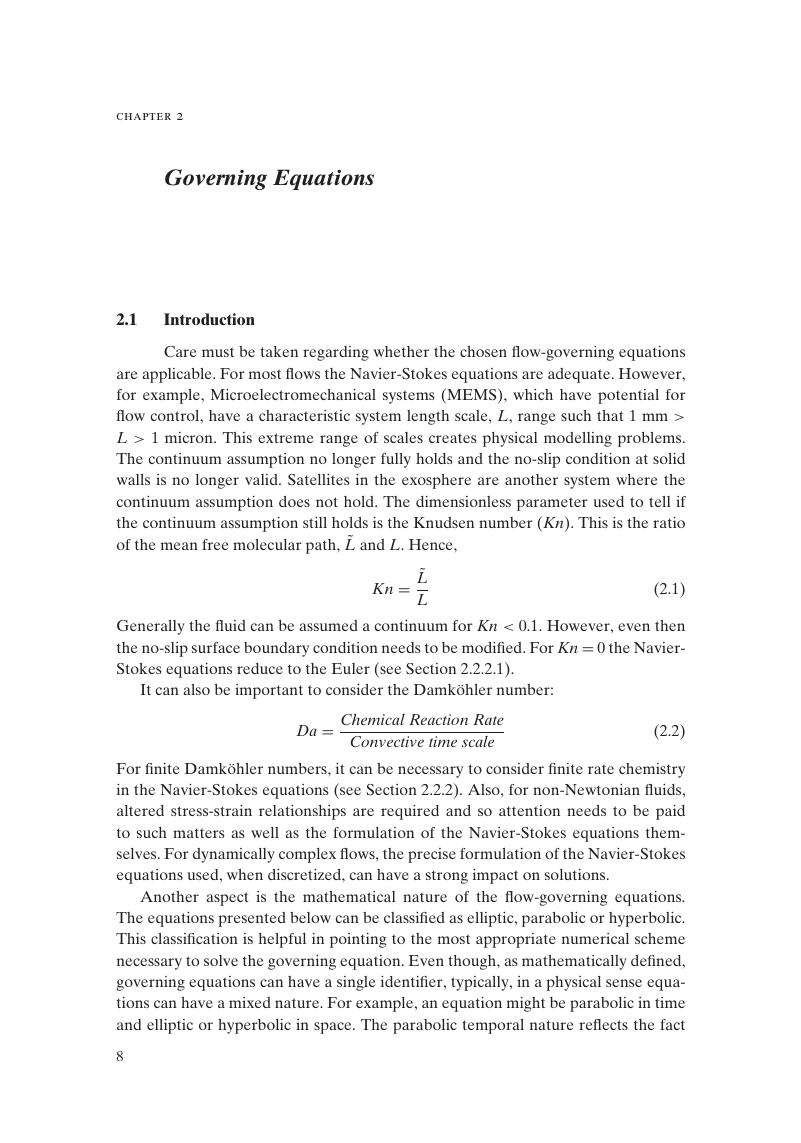Book contents
2 - Governing Equations
Published online by Cambridge University Press: 05 June 2016
Summary

- Type
- Chapter
- Information
- Advanced Computational Fluid and Aerodynamics , pp. 8 - 66Publisher: Cambridge University PressPrint publication year: 2016



